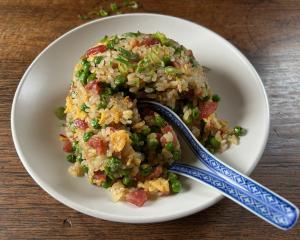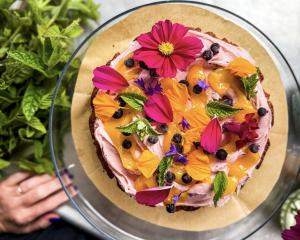The ingenuity of marketers never fails to amaze.
Farmer Brown, a large producer of eggs from caged hens, has now brought out poachers, packs of nine small eggs.
Poachers, they say, have "slightly more yolk and therefore had not absorbed as much moisture from the egg white".
They claim these eggs come from younger hens which are known to lay small eggs.
Poachers are 50g; Farmer Brown's standard (size six eggs) are 53g.
Whatever the size, most textbooks and chefs suggest that fresh eggs are best for poaching, frying and most other uses, as the whites are still thick and have not become watery and the yolks have not absorbed water from the white, causing it to flatten, which happens with age.
This means they keep their shape better - something the marketers of the poachers claim for eggs from younger hens rather than fresher eggs.
Fresh eggs also taste better as changes occur in proteins and fat in the egg over time, according to Janet Mitchell of the food sciences department at Otago University.
However, the new poaching eggs are not necessarily fresher - they have the same 35-day shelf life as ordinary eggs.
Tips
• To tell how fresh an egg is, put it in a bowl of water.
If it lies on its side it is fresh.
If it begins to stand on its end it is older and good for hard-boiling (they peel more easily than fresh eggs), and if it floats it is stale and should not be used.
Eggs have an air sac at the rounded end which increases in size with age and makes older eggs float.
• When broken, the yolk of a fresh egg will sit high and the white will be thick and also sit high.
As the egg gets older, both flatten, become watery and spread out.
• Store eggs in the fridge, but it's best to bring them to room temperature before using as they will whip or cook better.
• If you are looking for inspiration for easy ways to use eggs, check the useful recipes on www.farmerbrown.co.nz or visit www.eggs.org.nz for a free recipe book download.












